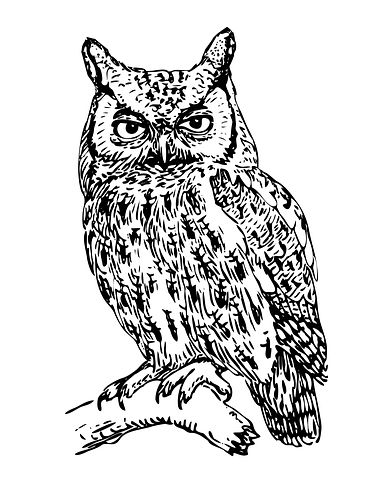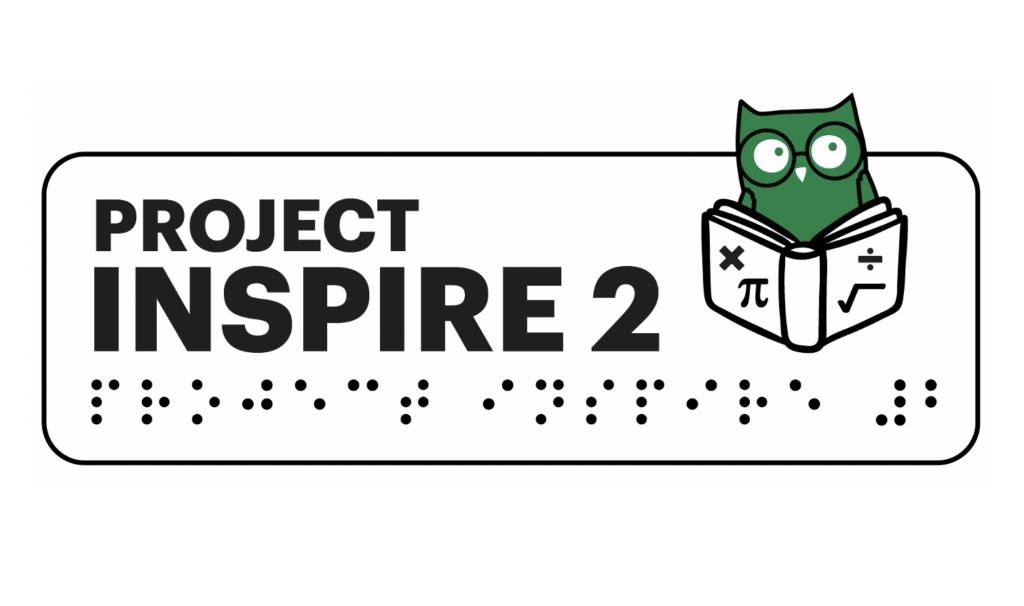By Linda Hagood

Social Stories (Gray, 2000) are written by parents, teachers or therapists to help students with autism understand real life social situations which are usually intuitively clear to individuals without autism. The stories are written with a specific formula to emphasize descriptions and explain others’ perspectives, in addition to directing the student in how to behave. Social stories are based on the assumption that the social world is confusing to students with autism, and if students are provided with logical explanations for how and why things work socially, they will be more successful in challenging social situations. The student’s role in the social stories intervention is to read the story repeatedly, especially before beginning a challenging social situation, in order to help them remember the directions and the reasons for it.
“Playing with Words” stories (Hagood) can also be helpful to students who are trying to deal with challenging social situations; however, they differ from social stories in important ways. Unlike Social Stories, Playing with Words stories are initiated by the student and are built on the student’s imaginative or sensorimotor interests or needs. The adult must take a more flexible role in supporting the student’s co-creation of the Playing with Words story. In looking carefully at the student’s contributions to the story, the adult can discover the social themes and challenges that the child is working on in their play and story creation. For example, a student who was disturbed by a noisy classmate sat down with me outside the classroom to write a story about a character he named “MuchToTolerate.” In the story he dictated to me, “MuchToTolerate took a walk in the forest and a screeching owl burned his ears.” My role as a teacher was not so much to help him find a solution to the problem (as in Social Stories), but to give him a voice for sharing his feelings as we expanded his story together.

Of course, the distinction between Social Stories and Playing with Words stories is not always clear. Sometimes, the teacher does have a specified social theme to be addressed, and can provide the student with a basic starting point in a story which involves this issue. For example, Jay Hiller’s Dog Man story context, once established, provides her a playful way to address social issues that are important for her student to learn, such as answering somebody else’s phone or wearing a belt. The teacher contributes this issue as one which the characters in the story are dealing with. It is a less directive and more fanciful context than social stories, and yet not as student directed as the Playing with Words context. In the way that Aesop’s fables with morals helped us to learn important social lessons, the pretend stories with teacher-specified social themes are less directive, more metaphoric, ways for students to learn social rules.
Return to Playing with Words homepage.
- Why Is It Important?
- Reflections by Students
- The Importance of Storytelling and Story Creation
- What Do We Mean by “Play”?
- Parallels Between Social & Symbolic Play and Playing with Words
- Differences Between Social Stories and “Playing with Words” Stories



